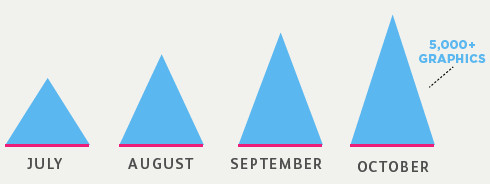Internet 500 Retailers have been in-the-know about one secret key to online success for quite some time: trust seals. Trust seals are graphic badges which adorn the websites of companies and are awarded based on whether the company and/or website meets certain criteria, such as if they meet security guidelines, quality measures or if they have honorable business practices. There are a handful of better-known trust seal organizations which usually provide the assessment and seal service in return for a fee.
For internet marketers, there’s a really compelling reason why one should seriously consider paying the fees and going through the steps for obtaining a trust seal: they can inspire consumer confidence.
Some of the more popular website trust seals include Trust Guard, ValidSafe, Merchant Safe, TRUSTe, VeriSign, McAfee Secure, and VeriSign.
There have been a number of different academic researcher studies which have found that trust seals can improve rates for online purchases. In one research paper from 2001, “Myth or Reality: Effect of Trust-Promoting Seals in Electronic Markets,” Xiaorui Hu, Zhangxi Lin, and Han Zhang found that the seals can encourage consumers to buy from storefronts they are not familiar with, and that the seals that consumers recognized more influenced them more. David Gefen’s earlier paper, “E-commerce: the role of familiarity and trust,” also found support for the theory that trust seals influenced online book purchase decisions.
However, online website trust seals decended from their offline counterparts, which already had a long history, if not track record. In 1894, due to faulty electrical parts causing fires, the National Board of Fire Underwriters started performing the first tests on the combustibility of insulation materials — their mark was the Underwriters Laboratory or “UL” seal of certification. But, even before that, seals of quality, certifications, trustmarks, and seals of approval have been in use by tradesmen or service providers. Royal seals of approval likely date back a few hundred years more.
Although there is not as much research on the subject, Continue reading →
 I recently highlighted how social media newcomer Pinterest is good for SEO, and it’s useful for local SEO as well. Another relative newcomer worth looking to for optimizing infographics is Visual.ly.
I recently highlighted how social media newcomer Pinterest is good for SEO, and it’s useful for local SEO as well. Another relative newcomer worth looking to for optimizing infographics is Visual.ly.







